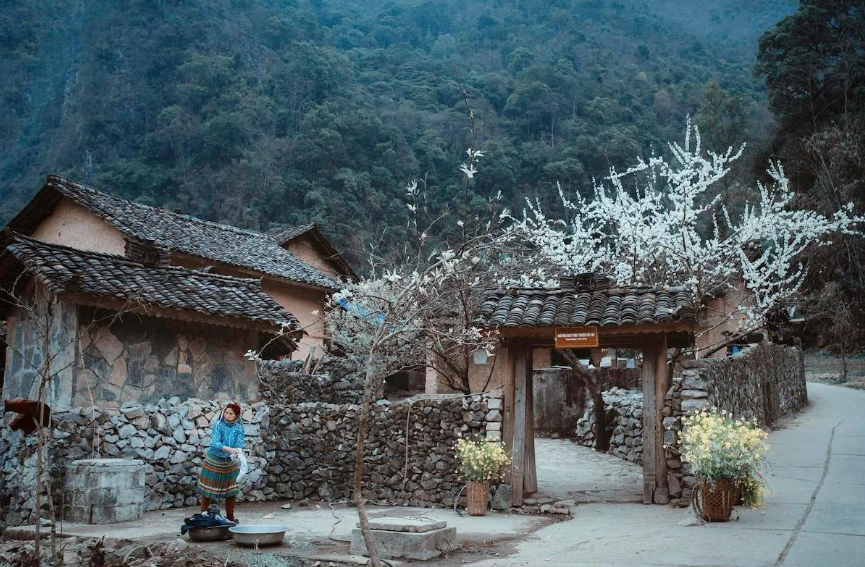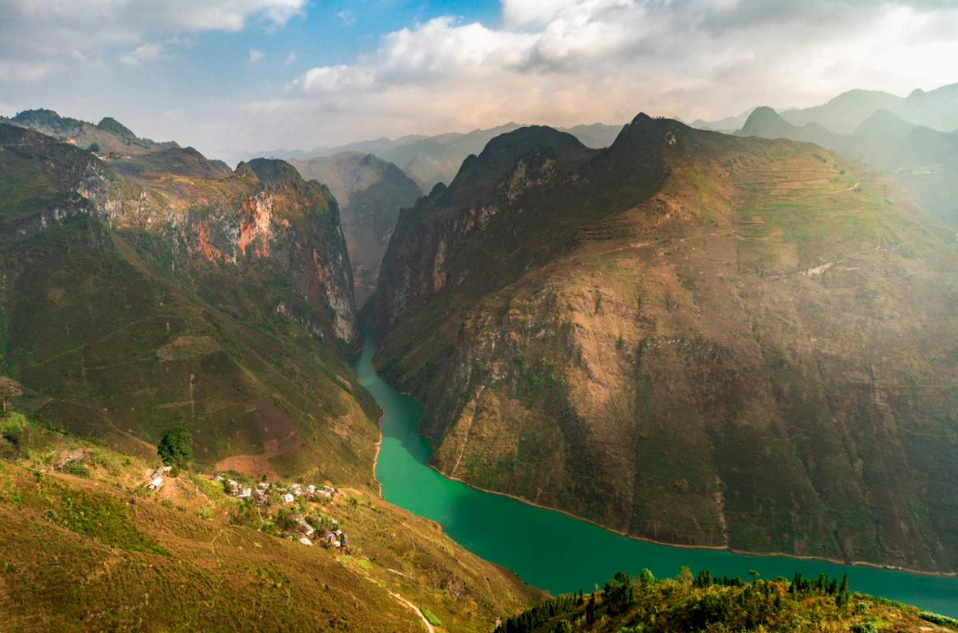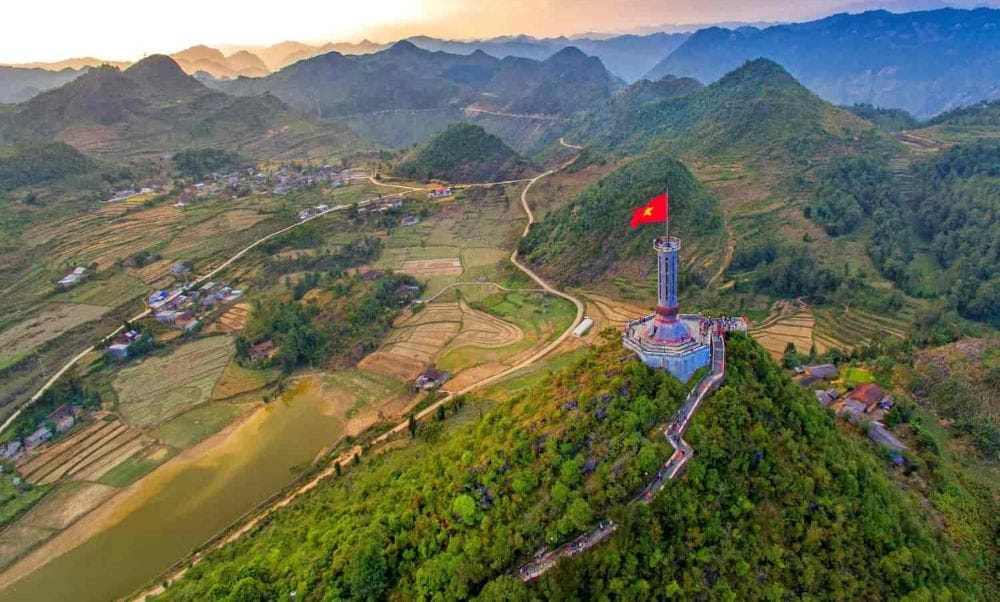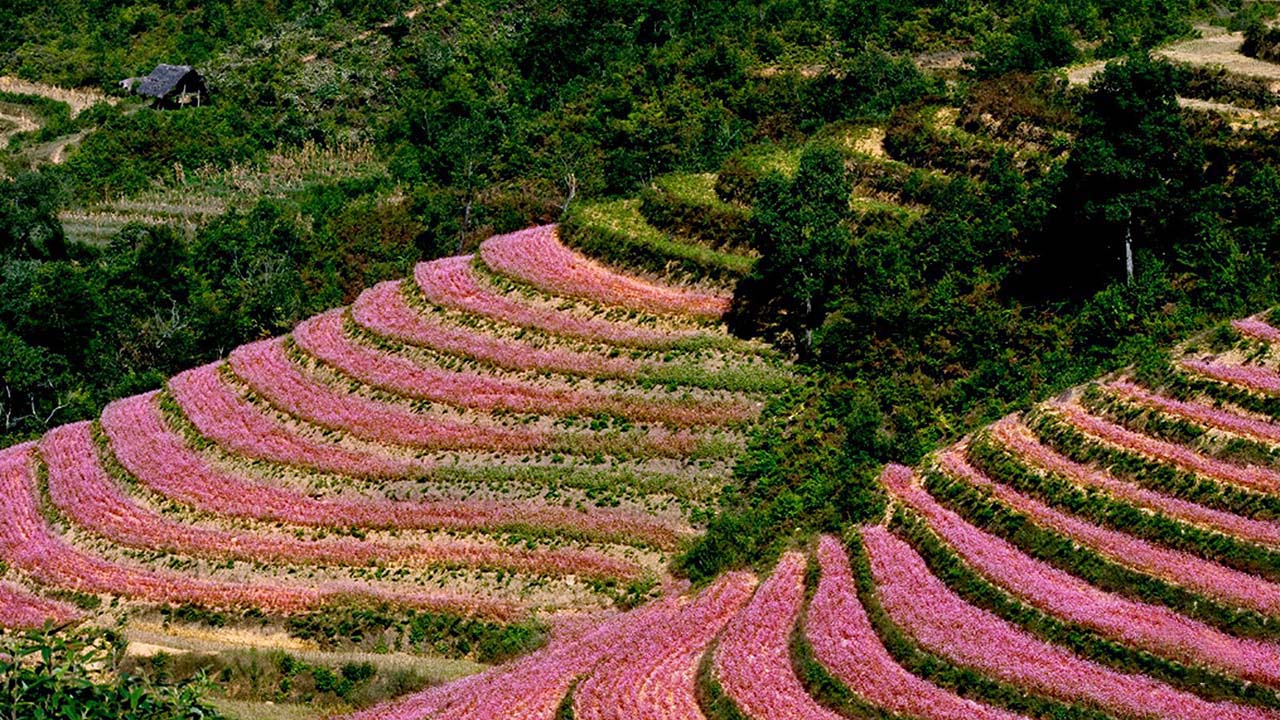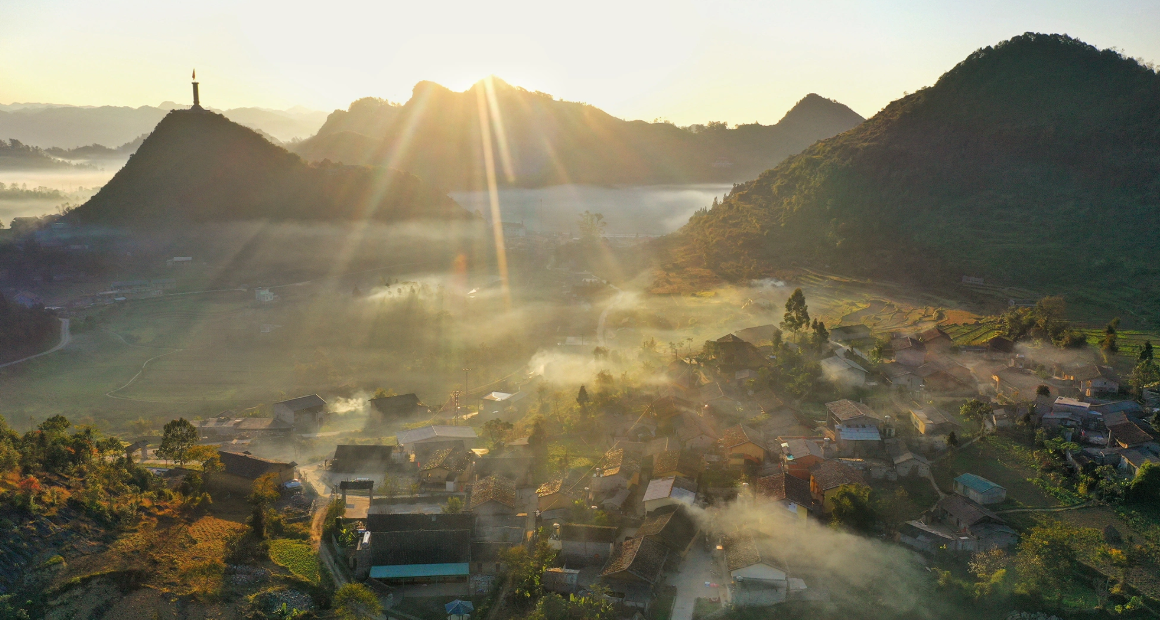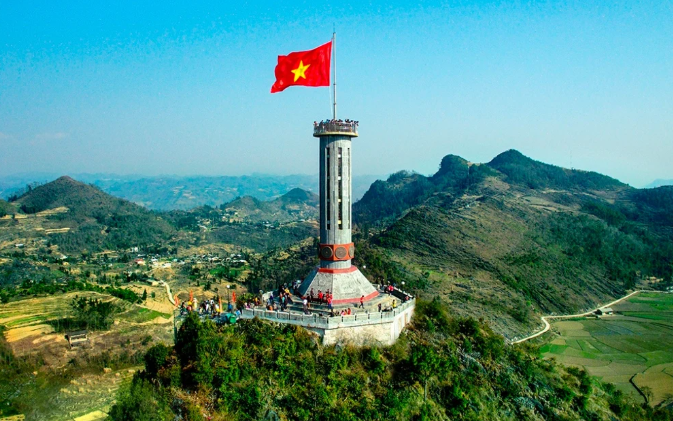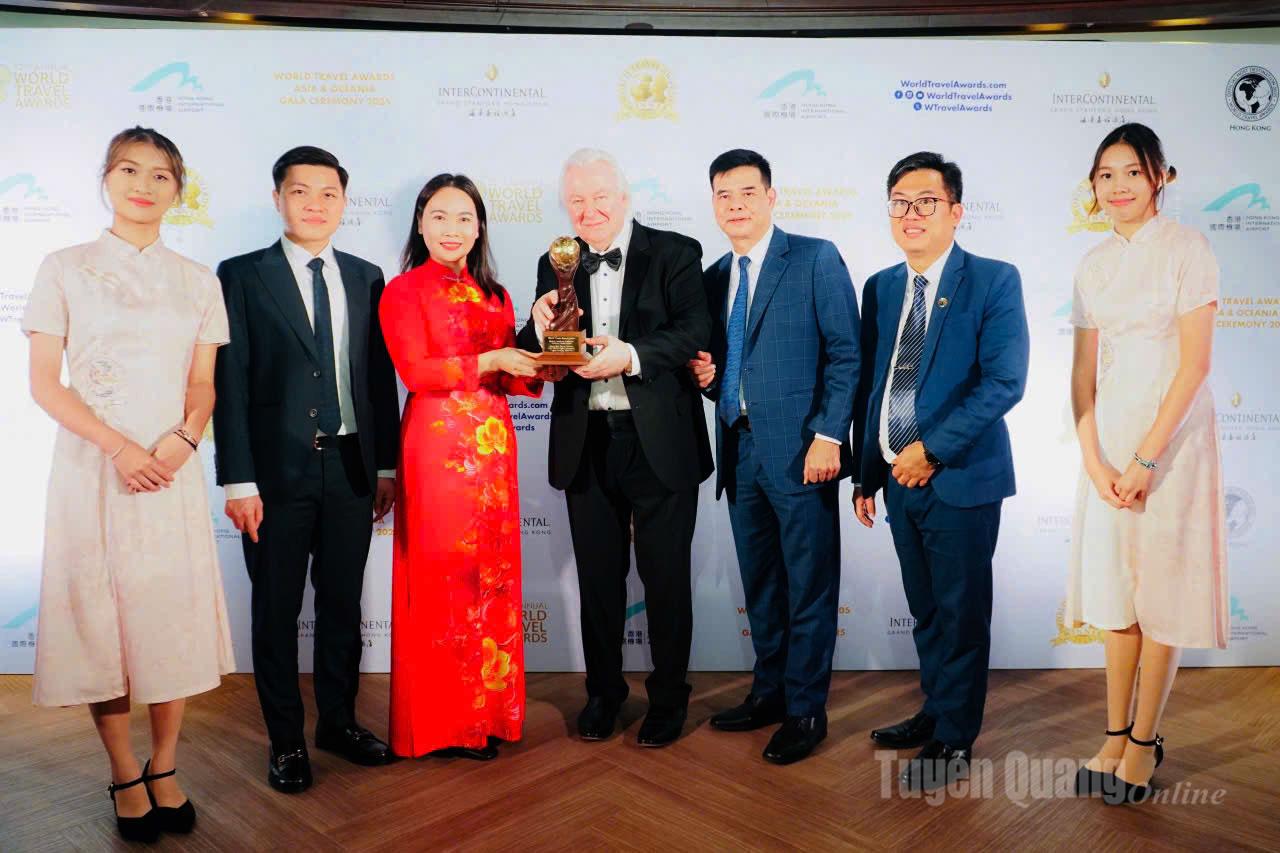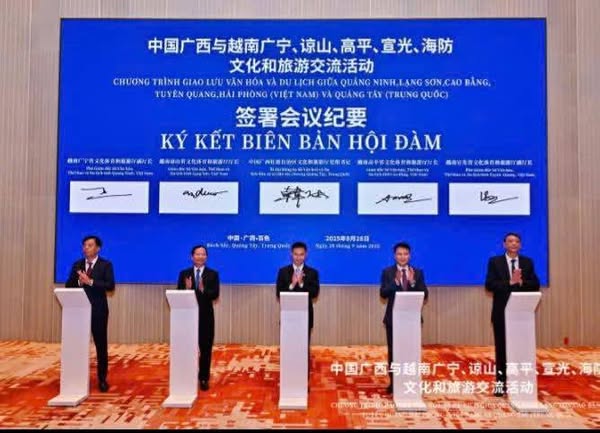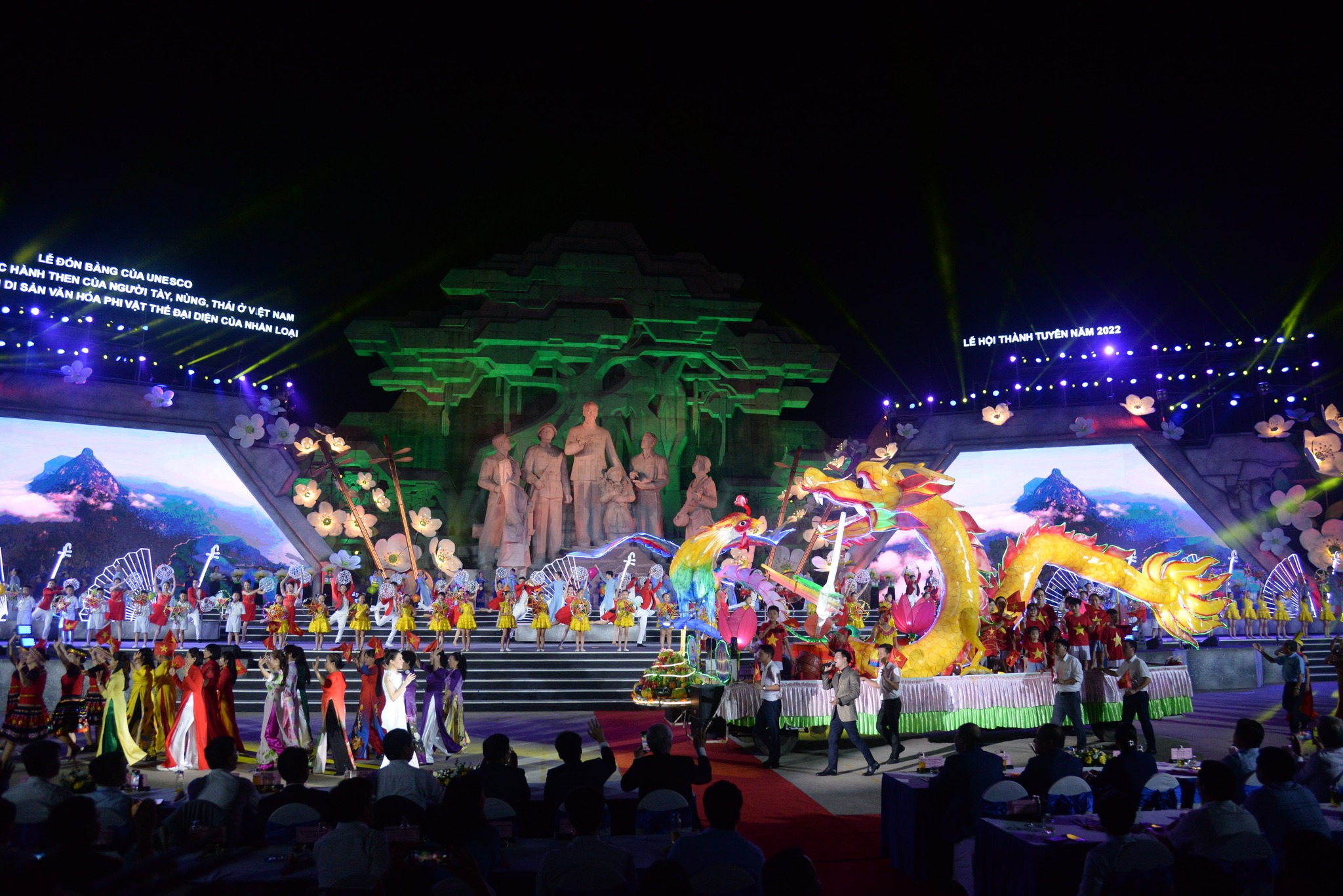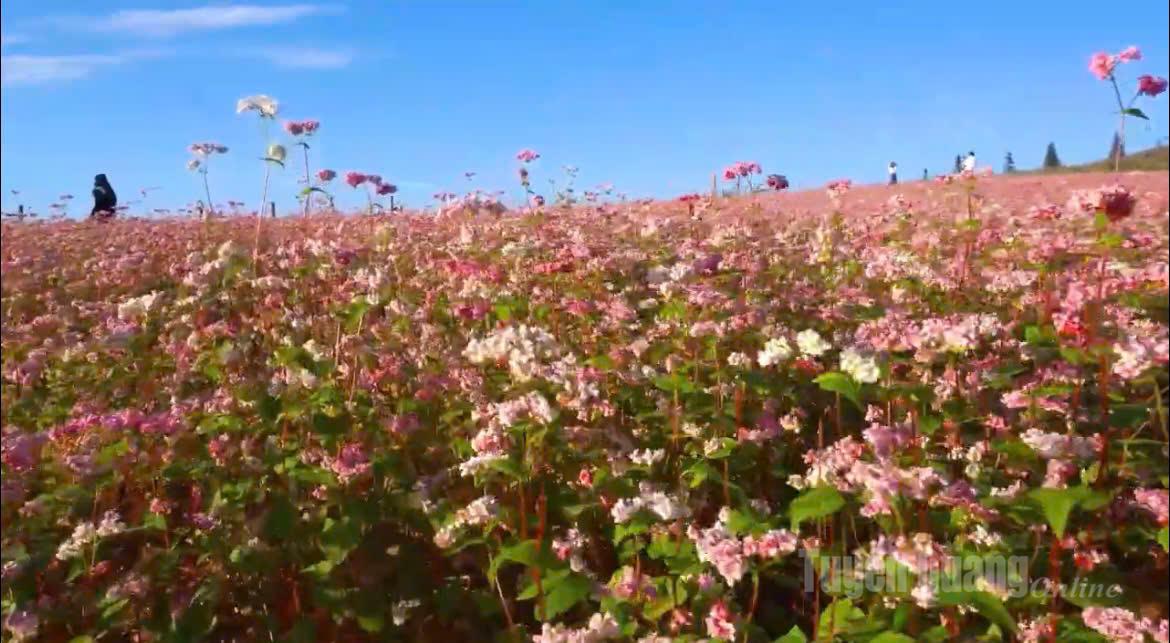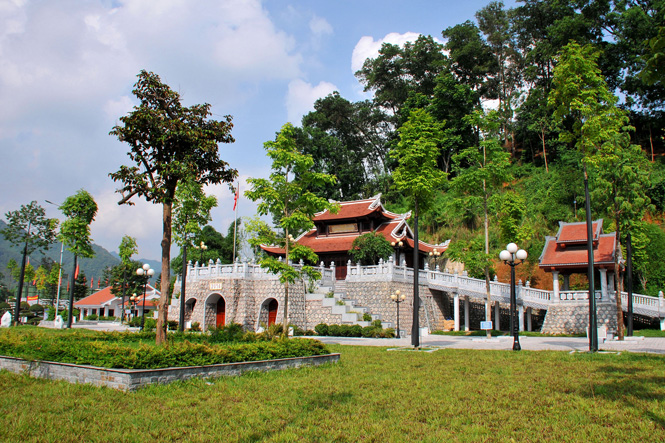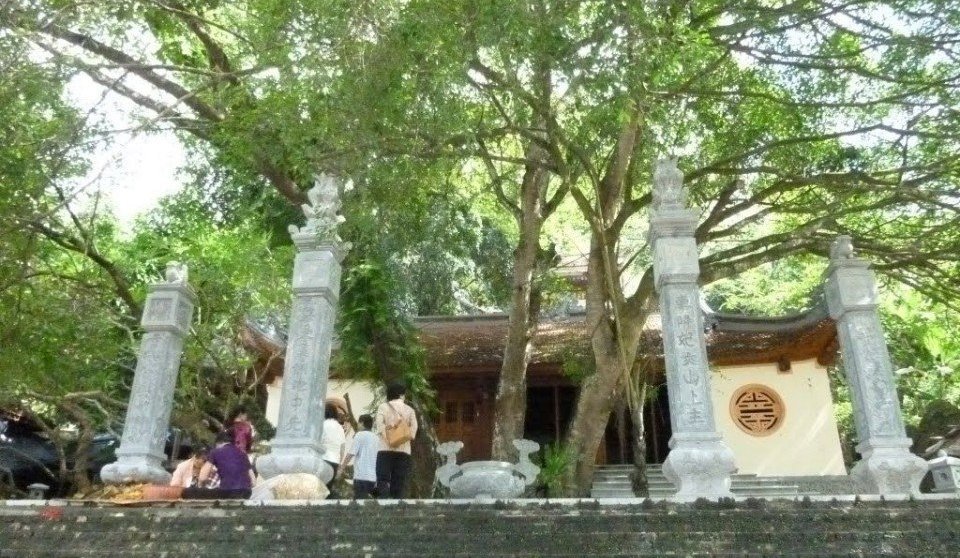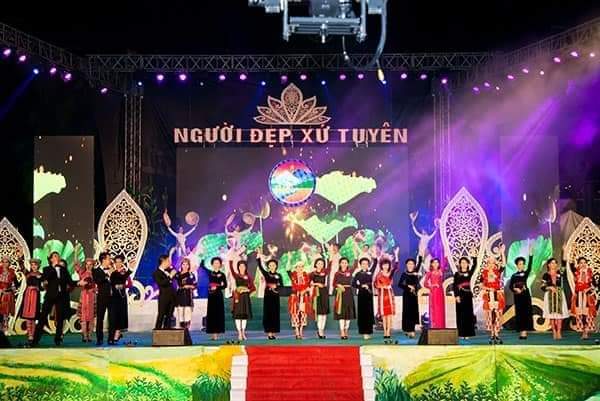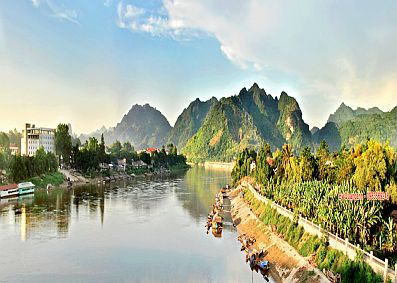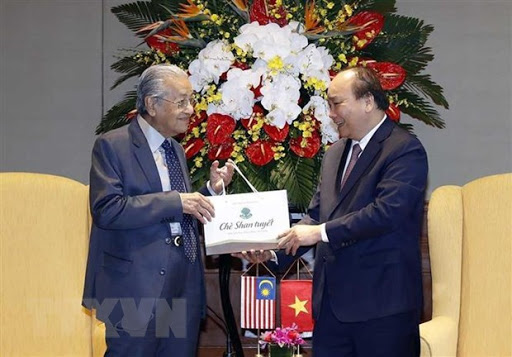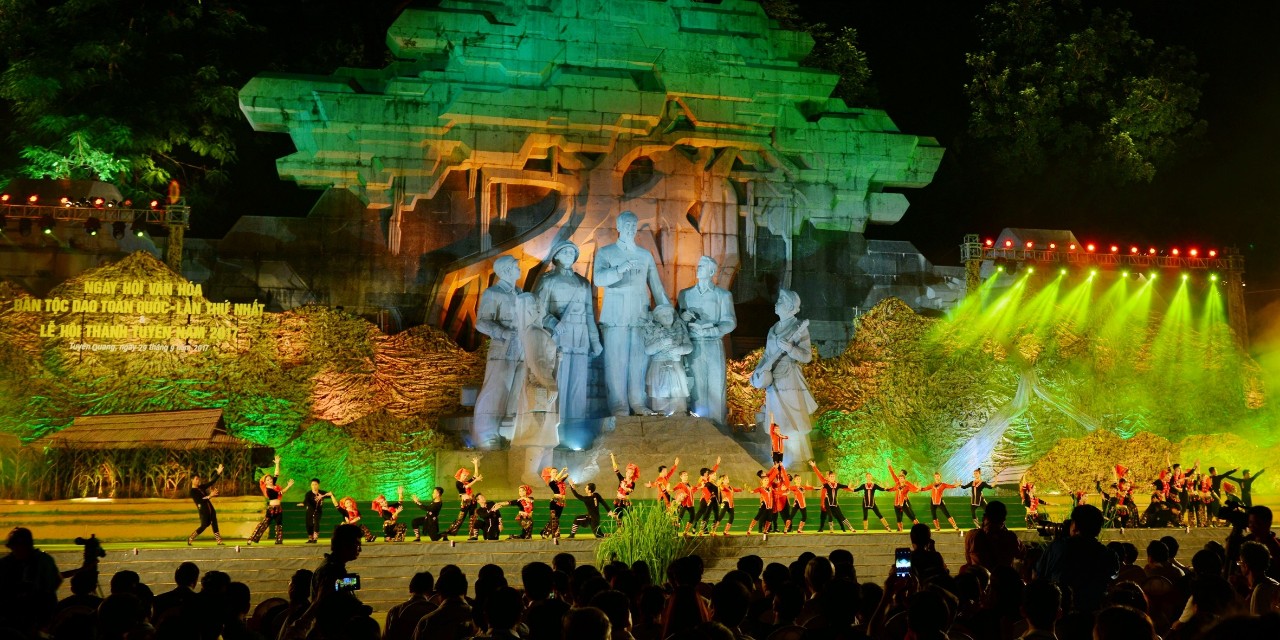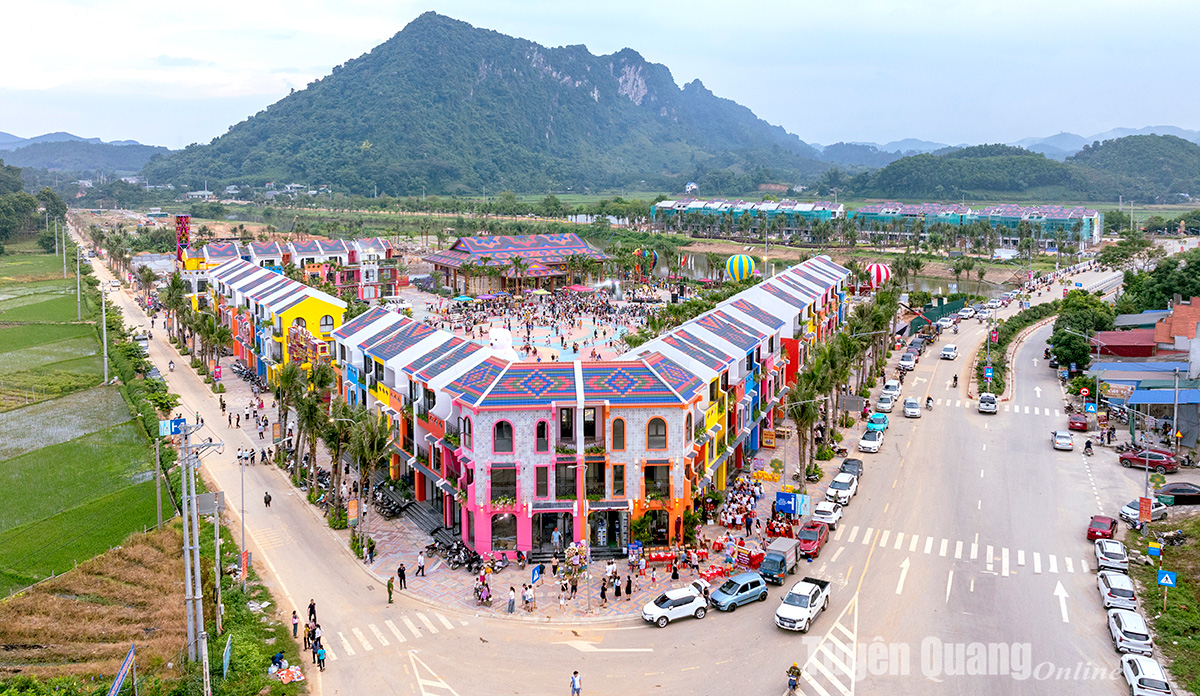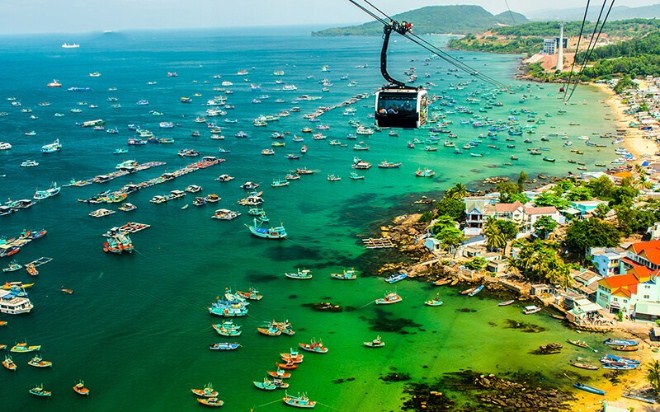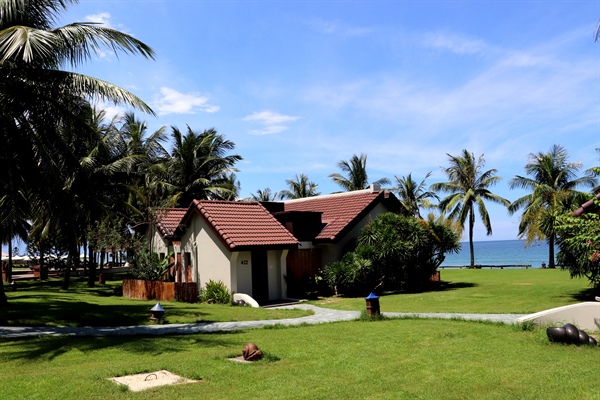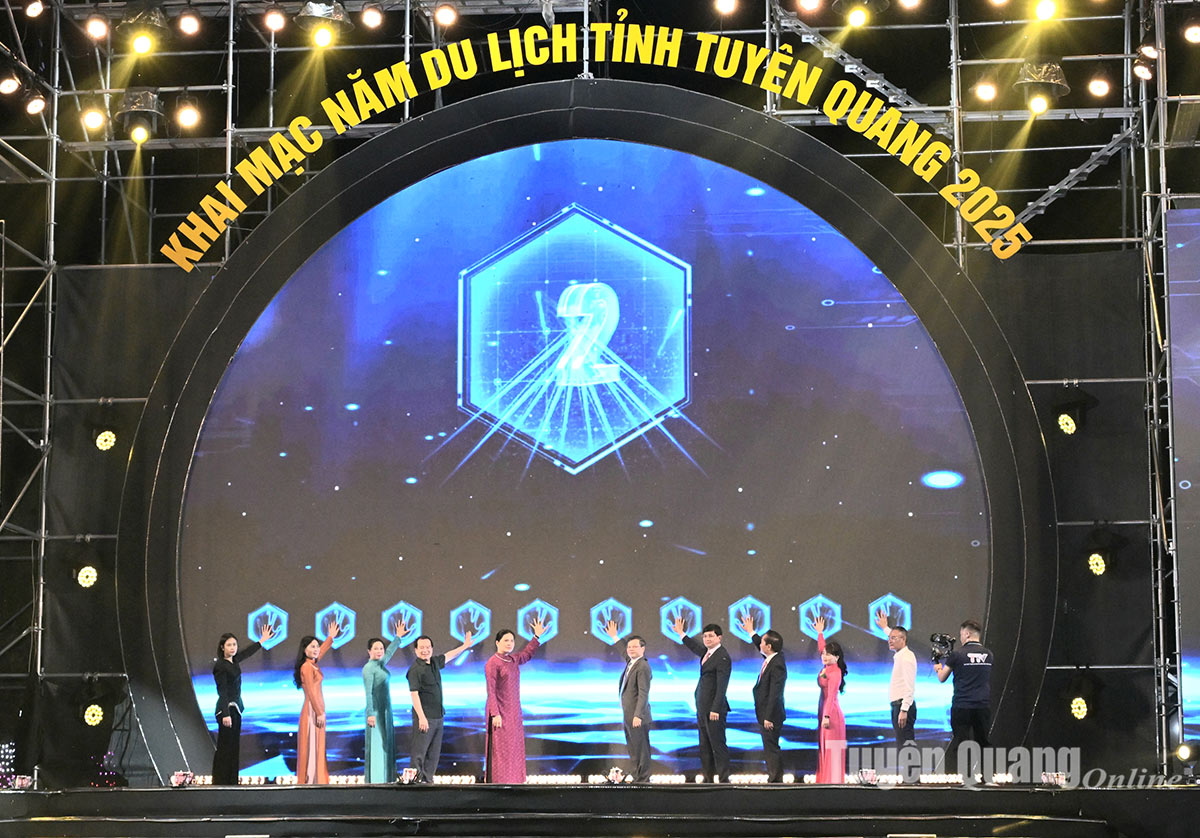X
1. Location – History – Overview
Located in the middle of the majestic stone plateau, Dong Van ancient town belongs to Dong Van commune, the newly merged Tuyen Quang province (formerly Ha Giang). According to the Merger Resolution, from July 1, 2025, the entire former area of Ha Giang and Tuyen Quang will be jointly managed under the name Tuyen Quang Province.
The ancient town was formed in the early 20th century, bearing the architectural mark of a combination of Chinese, Tay, H'Mong people and French colonial architectural influences.
At an altitude of about 1,000-1,600 m above sea level, Dong Van area is located in the stone plateau - a unique natural environment, creating a space that is both majestic and ancient.
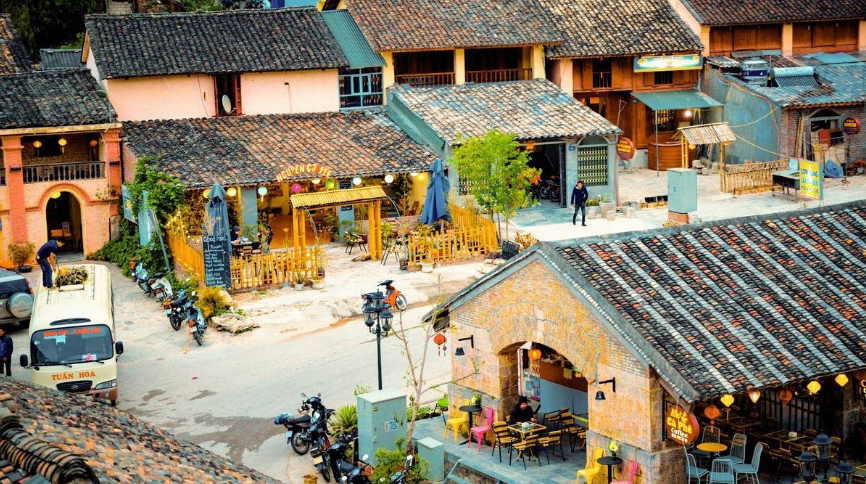
2. Typical architecture and space
There are about 40 ancient houses over 100 years old, many nearly 200 years old, with yin-yang tiled roofs, wooden frames, and traditional walls.
The ancient street and market system is located in a small valley, surrounded by rocky mountains, creating a gentle but extremely poetic isolation.
The center is the "U" shaped ancient market right in the center of the neighborhood: with ancient houses built around it, where ethnic minorities interact, buy and sell, and exchange goods - both commercial and social.
At night, especially on event days in the old quarter, the space is lit up with red lanterns, creating a poetic scene in the middle of the rocky plateau.
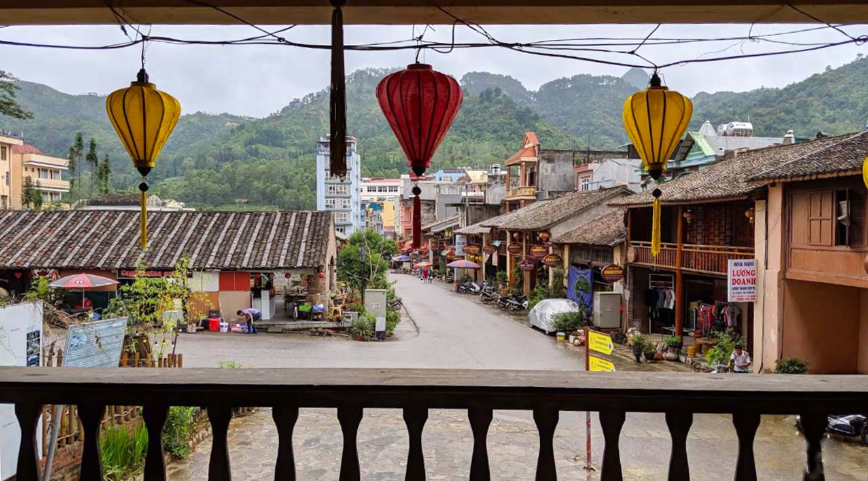
3. Culture – People – Indigenous Life
The Old Quarter is not just an architectural area but also a place where many ethnic groups live: H’Mong, Dao, Tay, Nung, Lo Lo, Hoa.
There is usually a market on Sunday mornings, where local people wear traditional costumes, bring brocade, corn wine, buffalo meat, chicken, exchange and interact.
Local cuisine is rich: dishes such as thang co (horse/goat meat stew of the Mong people), five-color sticky rice, egg rolls, corn wine...
The people here are simple but very hospitable; visitors coming here are often invited to drink corn wine, chat about the life of the highland people.
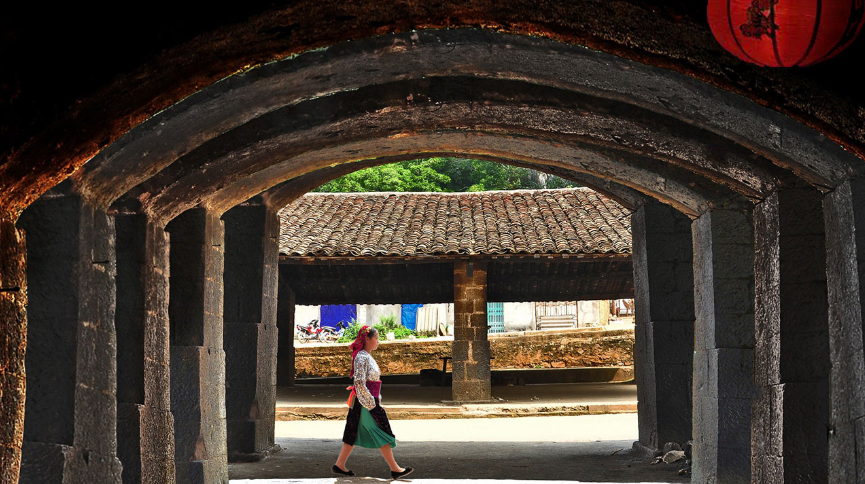
4. Reasons why the old town is special – “a tourist destination not to be missed”
Combining nature and culture: located in the middle of the rocky plateau – Dong Van rocky plateau – where the landscape is majestic, rocky mountains, fog, terraced fields.
History and architecture are still preserved: many ancient houses still stand, the old town space retains its originality compared to many other places.
Diverse travel experiences: visit ancient houses, drink coffee in ancient spaces, listen to stories of local people, participate in the market, explore at night.
Not noisy, over-commercialized: compared to many crowded tourist destinations, this place retains the pristine features, slow pace of life of the highlands.
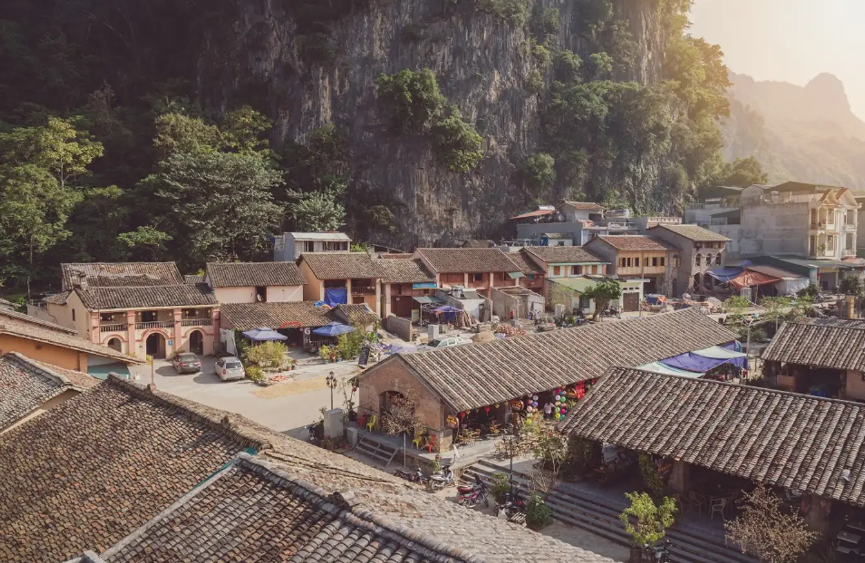
5. Suggested activities when visiting Dong Van Old Quarter
Walk around the old quarter, admire each old house with tiled roofs, wooden doors, old walls. Take photos at street corners, old house balconies, at sunset or dawn.
Stop by an old cafe like Old Town Coffee Dong Van to sip a cup of coffee, admire the panoramic view of the old town from the upper floor.
Participate in the market: on Sunday mornings at the old market, where the locals gather, you can buy brocade, souvenirs, taste local cuisine.
Enjoy local cuisine: eat thang co, egg rolls, five-color sticky rice, corn wine, smoked buffalo meat... and especially experience street food in the old quarter.
Attend the "Old Quarter Night" (lasting a few days a month, when households hang lanterns, organize traditional art performances) — a beautiful, sparkling space.
Explore the surrounding area: from Dong Van ancient town you continue your journey to places such as Vuong family mansion, Lung Cu flagpole, Ma Pi Leng pass - creating a complete highland tour.
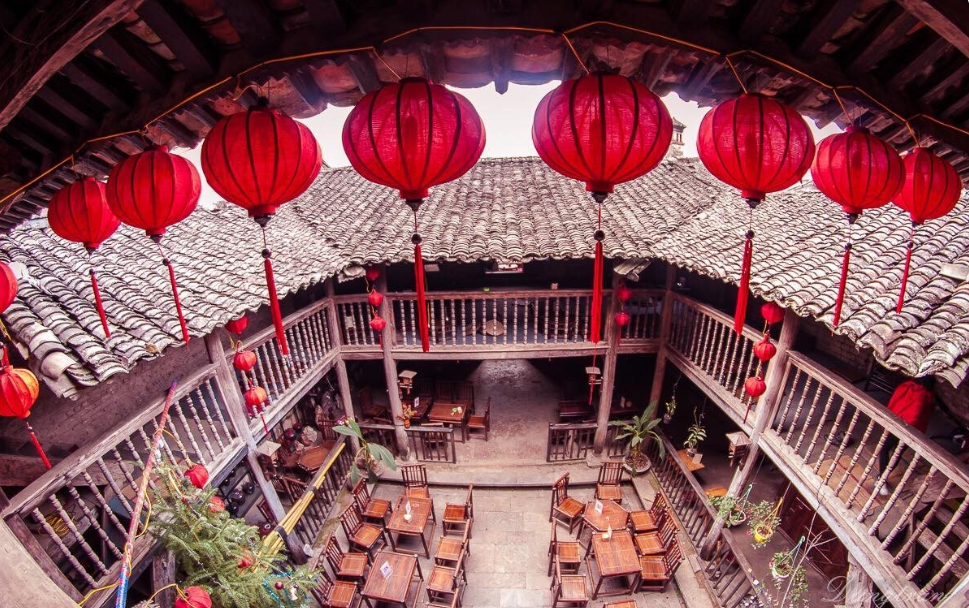
6. When to go – Notes when traveling
Ideal time: buckwheat flower season (late summer to early autumn, around October), rice harvest season, or spring when the fog is light and the early morning is fresh.
Due to the high terrain, the road has many mountain passes and sharp turns – if traveling by motorbike or driving yourself, you need to pay attention to safety.
Accommodation: there are many homestays and motels in Dong Van town; if you want to experience the local life, you should choose a homestay near the old town.
At night, the temperature can drop – you should bring warm clothes and good shoes.
Respect local culture: when going to the market, taking photos of people, you should ask for permission; when participating in cultural activities, you should keep order.
Spend at least one evening staying in the old town, watching the night space, lanterns, and immersing yourself in the slow pace of life.
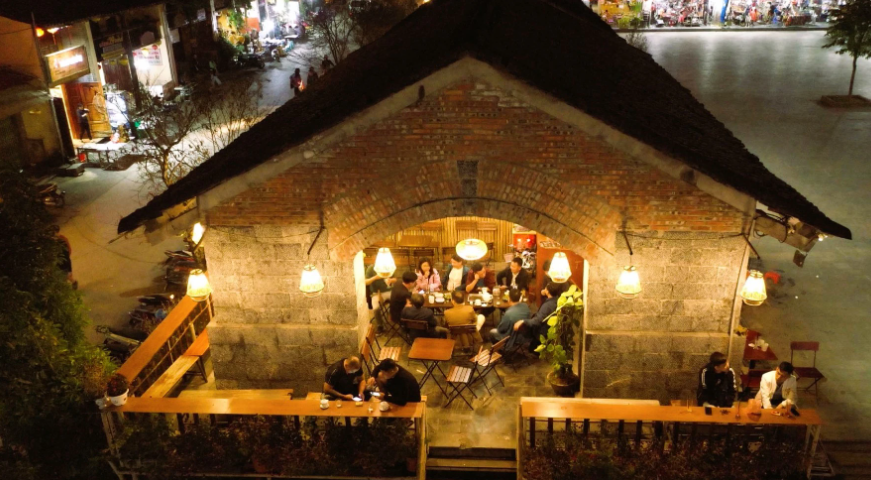
7. Suggested itinerary
Day 1: From Hanoi, depart for Tuyen Quang city - move to Dong Van commune, check in. Afternoon walk around the old town, take photos of old houses, have dinner at a restaurant in the town.
Day 2: Morning, join the market in the old town; shopping, have breakfast with local businesses. Afternoon, visit the surrounding areas (e.g. Vuong family palace, Ma Pi Leng pass). Evening for "Old Town Night" if the day is right.
Day 3: Dawn in the old town, drink coffee at Old Town Coffee, then continue to visit places such as Lung Cu Flagpole or return.
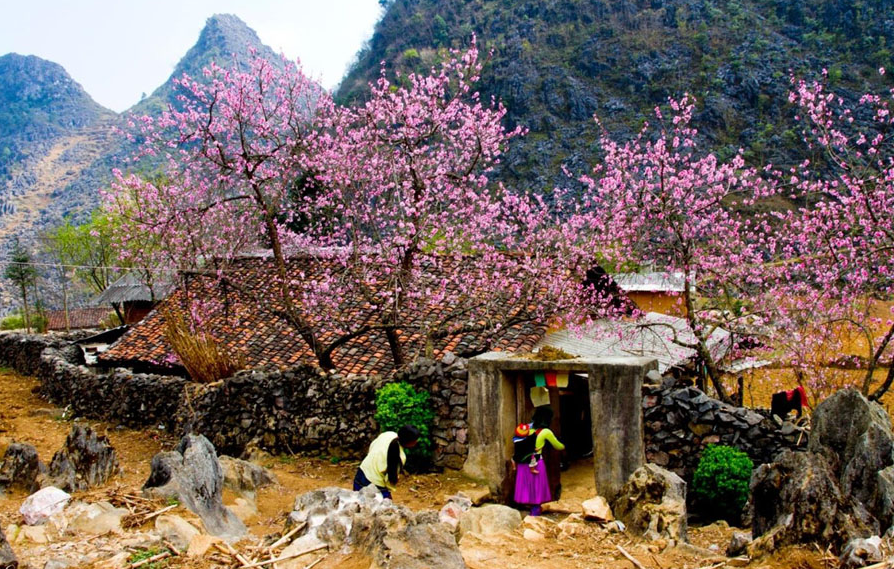
8. The role and significance of tourism development
The Dong Van Old Quarter not only attracts tourists by its beautiful scenery and architecture, but also contributes to the development of community tourism and the preservation of ethnic culture. The merger of the province creates a larger administrative unit—the expanded Tuyen Quang province—which helps connect the development of highland tourism and better infrastructure planning.
The exploitation of tourism in the old quarter helps create jobs and income for local people, while encouraging the preservation of ancient houses and natural landscapes.
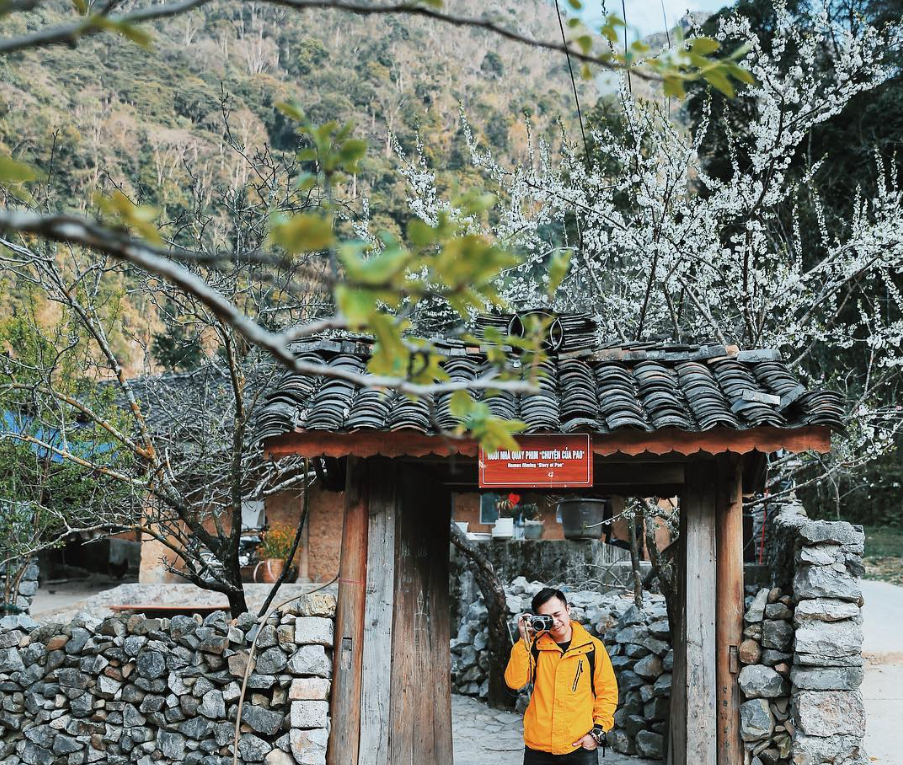
9. Conclusion
Dong Van Ancient Town is a gem in the middle of the rocky plateau - a place where history, nature and indigenous culture meet. Traveling here is not only to see the scenery but also to experience, to listen to each ancient brick, each smile of the people, each meal with a strong identity. If you are looking for a different journey, focusing on feelings, focusing on highland culture, then Dong Van Ancient Town should definitely be on your list.
